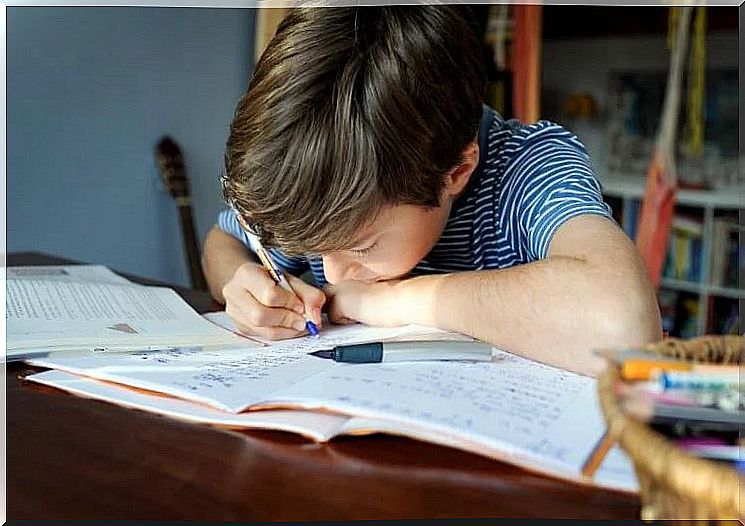Teaching Techniques That Work Well In Quarantine

During confinement because of the coronavirus, many families with school-age children are having a hard time getting the little ones to focus and do their duties. So that homework time doesn’t become an odyssey, there are some simple and useful teaching and learning or study techniques that parents can use at home.
What is a teaching technique?
A teaching technique is a specific action, a strategy planned and executed by the teacher, which aims to achieve the learning objectives.
In other words, a teaching technique is a methodological tool developed through a series of activities whose objective is to guarantee that the teaching and learning processes are absorbed by the individuals who are part of these processes.
We know that the vast majority of parents are not teachers, which means that they do not know and do not know how to apply certain teaching and learning techniques typical of the institutionalized school environment. However, knowing and putting into practice some simple techniques can help you get better results from your children’s homework.
Teaching techniques that work well in quarantine
Below, we will briefly explain some teaching techniques that are appropriate to help children with their schoolwork and that can be adapted for different ages.

Pomodoro Technique
This is a technique for any age and is used to better manage the time devoted to an activity. Thus, the technique defends that the person is more productive when he works or studies for a period of 25 minutes and rests for 5 minutes.
In turn, according to this technique, after the completion of 4 “pomodoros” (work time plus rest time, that is, every 30 minutes), a longer rest, lasting 20 or 25 minutes.
Explaining this technique to the children and applying it as we help them do their homework can be very helpful. Basically, because that way we get the children to make an effort of concentration and attention, because they know that the 5 minutes of break or rest will arrive soon.
In this sense, the five-minute break can be used to go to the bathroom, eat a piece of fruit, move around a little, dance or even play with a ball.
Pascal Method
This method consists of respecting some fundamental steps when facing studies. First, a preliminary and general reading of the subject in question should be made. Then it’s time to underline or write down the main concepts or ideas, trying to identify the respective keywords.
Then, the child must develop some kind of schema or mental map in which the central concepts and the ideas derived from those concepts (secondary ideas, tertiary ideas, etc.) are organized. Some people find it helpful to write down some dates, names, or other specific information.
The Pascal method is more aimed at helping students over 9 or 10 years old to study, but it is perfectly adaptable to younger children. For example, little ones can start with a first general reading, both of the subject and what they should do with it. And, with the help of adults, they can make simple notes underlining with colored pens.
mnemonic rules
Teaching children to memorize data, names or numbers is easier if they learn to use this system. The mnemonic technique is a set of memorization techniques that can be adapted even for children of infant age, since they consist in the mental association of information to be memorized with data that are already part of our memory or daily practice.

Let’s see some examples:
- To learn which countries are part of the European Union : we can associate the word baguette with France, Volkswagen with Germany, Ferrari with Italy or bull with Spain.
- If the goal is to learn where the main rivers in our country are and what they look like, it might be a good idea to include all the data in a story created by the children themselves. This story can include data, jokes or feelings that are already known to the little ones.
- To learn the names of planets, we can try asking children to associate a place or space they know with the word they want to remember. For example, planet Earth can be associated with the bathroom, the refrigerator can be used to remember Uranus, or even Mars can be associated with the kitchen and fire.
Some conditions for the application of teaching techniques in quarantine
We must emphasize that, for a teaching technique to be more or less effective, other elements and factors must be considered, such as:
- A suitable place to study and do homework. In other words, a silent and distraction-free environment, such as a cell phone or television, and with good lighting.
- Try to set the same schedule for tasks every day. This helps children to adopt a daily routine and thus internalize the habit.
- And most importantly: accompany, motivate, encourage and create a close bond with the children during the study period. This is the best way to apply any teaching and learning technique, making the “homework time” more dynamic, fun and different every time.









